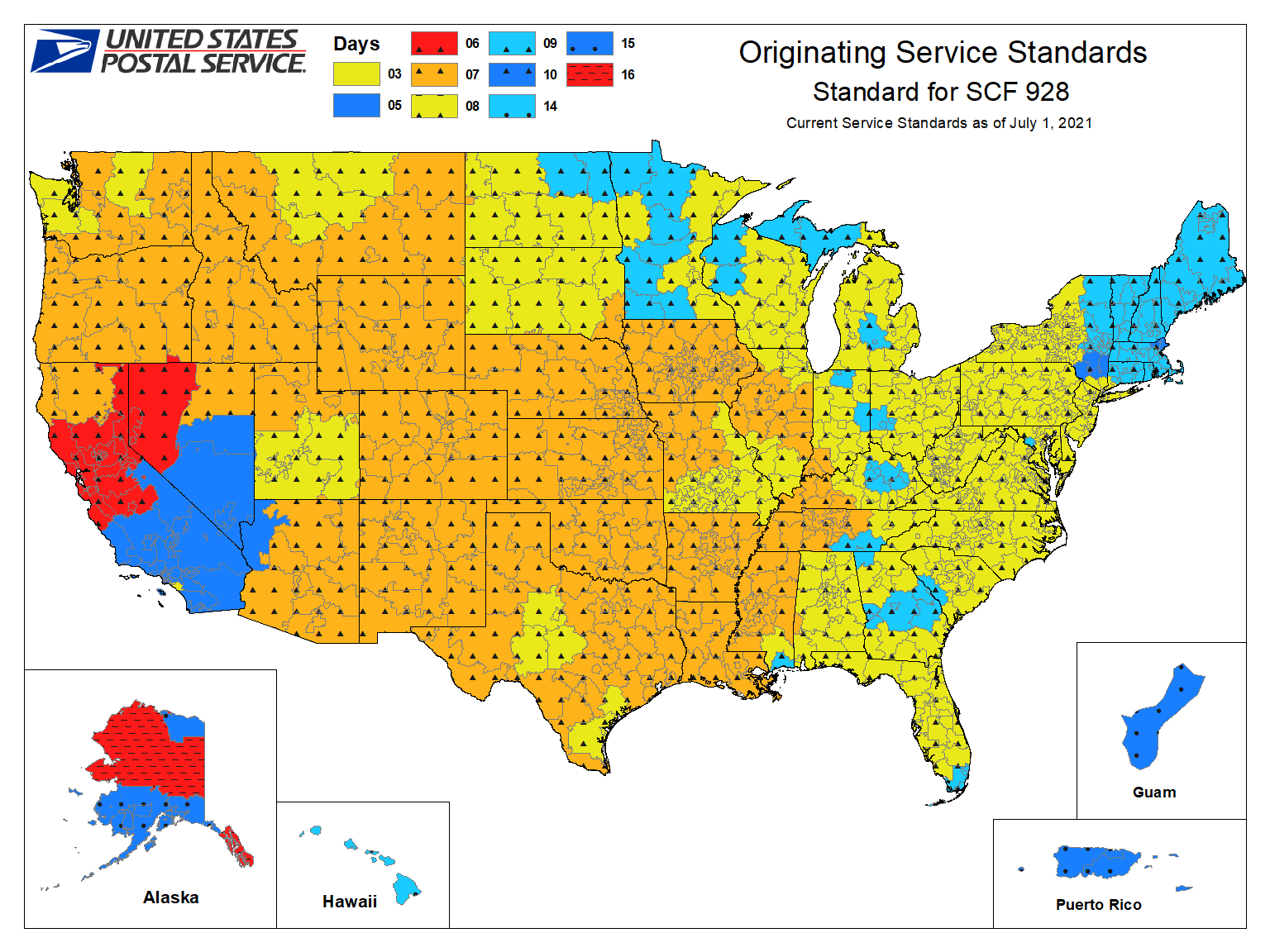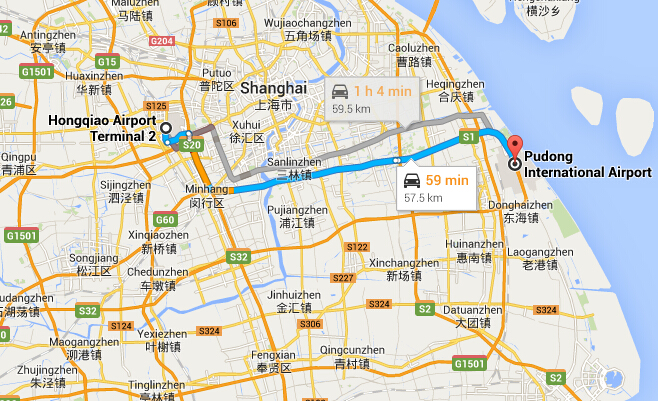Insights from Postal Workers
When it comes to mail delivery in the United States, much depends on several factors outlined by retired postal workers. Where the mail originates from determines how quickly it enters the processing system. Mail entered at a Post Office gets processed sooner than mail placed in street collection boxes. The day of the week also impacts delivery, as no mail is moved on Sundays. Another key detail is the distance between origin and destination. For remote rural areas 40 to 50 miles outside major population centers, it takes longer for mail to be transported between processing facilities. Cities see overnight processing, while more distant locations rely on truck transportation the following day.
Prioritizing Priority Mail
The USPS Priority Mail delivery map provides estimated delivery times nationwide. Coast-to-coast Priority Mail aiming for major urban areas typically arrives within two business days. More remote rural addresses may see delivery in three days. Sending Priority Mail from Austin, Texas as an example, destinations within driving distance like parts of Illinois can expect delivery within two days. Less populated portions of the state may take three days.

First-Class Mail Service Standards
While Priority Mail offers expedited service, regular First-Class Mail follows more conservative timelines. The USPS Service Standards Map indicates First-Class Mail delivery times across long distances like from Texas to Illinois around three business days. For local or regional journeys, two to three days remains a reasonable projection. Adjusting for transit factors and addressing accuracy, occasional longer routes do occur but are anomalous. Overall, the maps provide a useful benchmark, though results may vary in some cases.
Weighing Priority Upgrade Costs
When speed matters, Priority Mail justifies paying more to guarantee delivery within one or two business days nearly anywhere in the lower 48. For routine correspondence where an extra day poses no problem, First-Class Mail suffices. Understanding typical transit times aids determining whether Upgrade costs are worthwhile for time-sensitive letters and packages requiring prompt arrival.
Exceptions to Delivery Estimates
No system functions perfectly, so occasional delays or misrouted mail happen despite best efforts. An experienced letter carrier notes seeing mail make unexpected cross-country journeys due to human or machine errors in address processing. While unusual, such anomalies demonstrate the complex logistics involved and room for mistakes. In general, though, the service maps prove reasonably accurate for forecasting delivery schedules on regular routes with proper mailing procedures followed. Outliers illustrate that estimates aren’t guarantees, so building in a buffer offers reassurance.
Factoring Origin Methods
How mail originates impacts its journey. Post offices prioritize mail entered at counter over curbside collection. According to veteran postal workers, starting at a Post Office may shave a day off delivery by placing the item at the front of processing queues. Street boxes undergo later pickup, transportation, and sorting delays before any mail handling begins. Post offices also provide a more secure option than outdoor receptacles susceptible to theft or weather damage.
Leveraging Local Knowledge
Drawn from decades navigating mail network complexities, postal insiders offer valuable context. Their guidance underscores origin and destination point influence, with built-in transit allowances for distance. Locally posted letters face quicker dispatch, while rural areas rely on transport scheduling efficiencies. By comprehending such nuances, individuals can make informed mailing choices accounting for priorities, budgets and intended recipient needs. Whether using First-Class, Priority or Express options, the field experts’ collective wisdom proves indispensable to maximizing mailing success.
Shipping Distances and Delivery Routes
Just as transit times vary between domestic short and long-haul journeys, so too do expected arrival dates. Letters traveling across wide distances require extra time on conveyor belts, airline routes or postal transportation modes to cover vast geography. In contrast, locally posted correspondence benefits from direct facility access skirting lengthy transportation stages. For example, express items mailed from adjacent Austin to suburban Illinois communities consistently reach addressees within two calendar days. However, due to transportation scheduling from major cities, letters sailing the width of the lower 48 take approximately three business days in regular post to bridge coastlines from the Lone Star State capitol to northern Illinois rural zones.
Mitigating Margin through Preparedness
Forewarned proves forearmed when understanding typical delivery projections. Consumers able to anticipate commonalities gleaned from origins, classes and carrying spans maintain patience for minor schedule fluctuations outside control. By accounting for variances informed by mail expert perspectives, frustration subsides replaced with realistic deadlines factoring fallibilities inherently part of vast network operations. Preparation helps customers feeling in control through knowledge enhancing correspondence satisfaction.
In Summary
A collective of postal carrier insights provide valuable context for anticipating mail transit schedules nationwide. Key factors include postage class, origin method, distance variables and anticipated delivery dates per mapping tools.
Drawing on field experience navigating complex logistical operations, their guidance merits heeding. Integrating professional perspectives builds comprehension benefitting mailing choices and managed expectations. Whether personally posted letters or business correspondence, community outreach effectively sharing operational realities performs a public service.
 (1).jpg)
 Getting From Shanghai Pudong International Airport to Downtown Shanghai
Getting From Shanghai Pudong International Airport to Downtown Shanghai